Thessaloniki gets ready for its metro launch in November
The underground rapid transit lines have been under construction for almost two decades due to various project delays
 TheMayor.EU logo
TheMayor.EU logo The great thing is that you can get your adrenaline rush there even outside of the Halloween season
This Halloween let us take you on a tour around some of the most haunted places in continental Europe. We don’t promise you definite encounters with ghosts and poltergeists, but we can guarantee you something even more thrilling than that – an encounter with your own inner fears and doubts.
Visiting these places will not leave you indifferent, that’s for sure. What’s more, a trip to these spots will make you understand regional history in a new light and make you question some assumptions you may have had about the past.
After all, European history is not only limited to flashy works of art and buildings. It contains the memory of many wars, sufferings and injustices that hopefully we are on our way to eradicating forever.
So, whether you’re looking to get an adrenaline rush facing the unknown or you’re in search of reckoning with the past and understanding more about the mysterious underbelly of history – these suggestions will deliver.
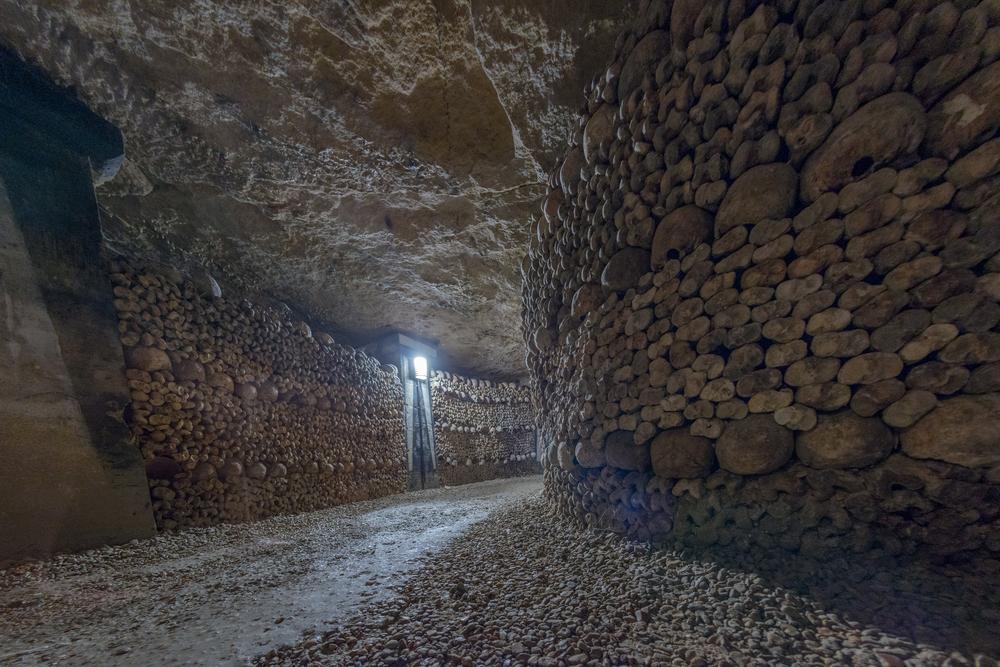
Endless walls of bones, these are the Paris Catacombs. Source: Depositphotos.
The underground cemetery vaults that run around vast sections of the French capital are so extensive that it’s hard for most people to comprehend and imagine it. In a sense, entering this place means you’re entering the largest mass grave known in history.
The Catacombs date back to the 18th century and are said to house the remains of six million people. As such, if you see, hear or feel something out of the usual in this death-dense environment, it wouldn’t be out of place.
What’s even scarier though is that the Catacombs are so huge that you could even get lost in them and then never find your way back. It has happened before, such as the case of Philibert Aspairt, whose body was found in 1804, eleven years after getting into the underground tunnels. Luckily, today, only a small section of the Catacombs is open to the public.
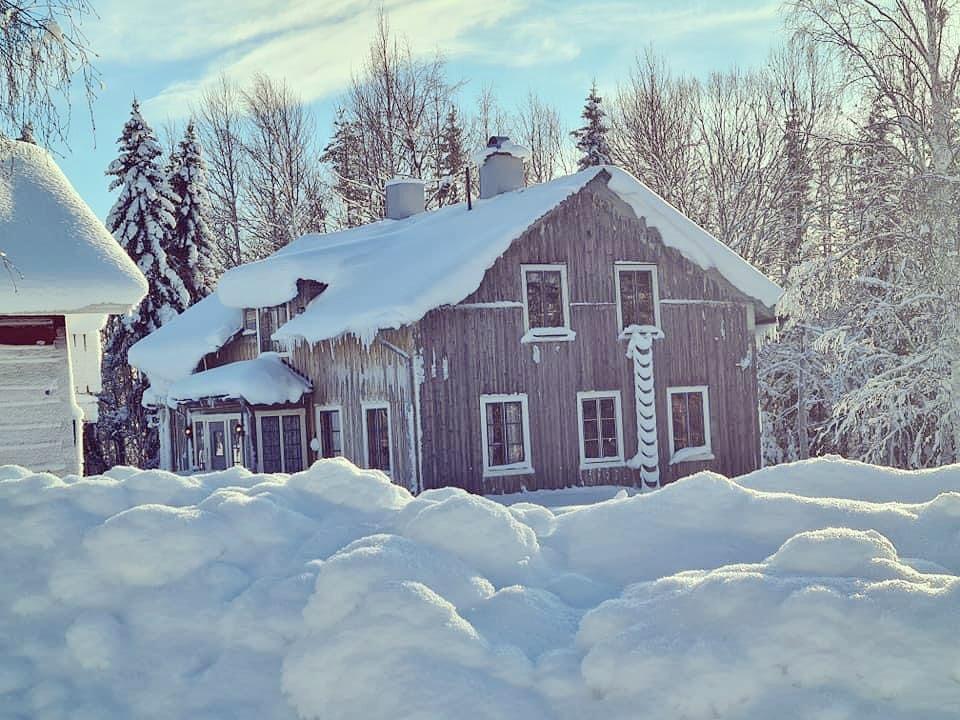
Sweden's spookiest place looks appealing on the outside, but what's within?
Source: Borgvattnet Prästgård & Vandrarhem Facebook Page
Winter nights in Northern Sweden are long and frosty and may get even a tad depressing at times. So it’s no surprise that the place that Swedes consider to be the most haunted one in their country would be located there. BORGVATTNET SPÖKPRÄSTGÅRD is the name of this 19th-century ex-vicarage, and even its name in Swedish gives us the heebie-jeebies.
It served as the residence for vicars, the religious mentors working in the Ragunda community. And even these holy men were reporting strange events, such as weird screams, shadows and rocking chairs.
Nowadays, in a bid to capitalize on the infamy, the vicarage has been turned into a bed & breakfast offering those brave enough the chance to spend a night there. If you get through to the morning, you’ll get a diploma certifying your bravery. It’s that intense.
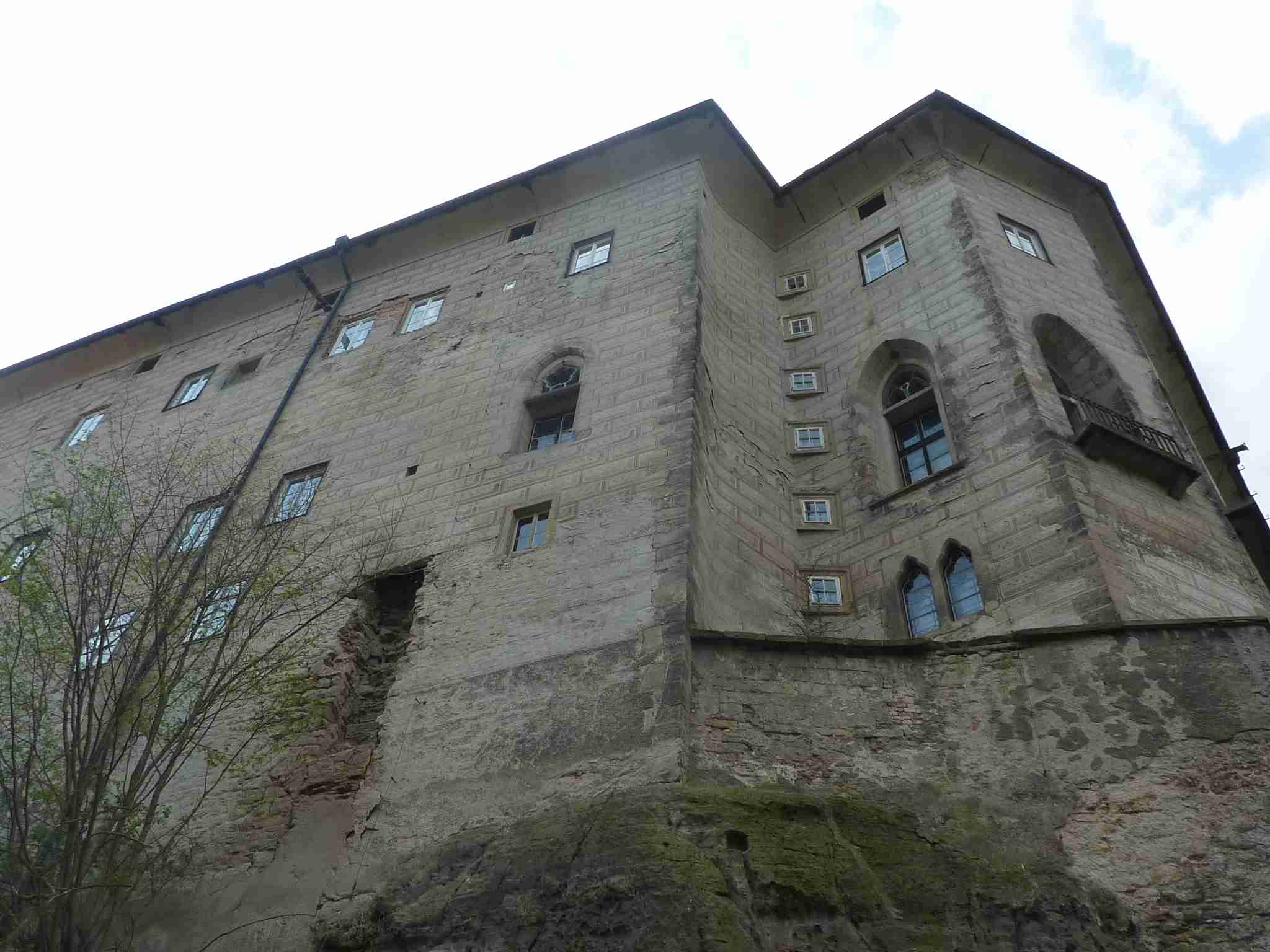
The imposing walls of Houska Castle hide many secrets.
Source: ladabar, on Flickr (CC BY-NC 2.0 DEED)
Medieval castles hold enough mystique to make them favourite backdrops of nightmare-inducing scenarios. After all, how did people ever manage to live among these cold stone walls and feel comfortable?
Well, never mind, for deep in the forests some 47 kilometres north of Prague, there is a castle, which is said to have been built not to protect its inhabitants from external threats but rather to contain the evil within. If that’s not a formidable enough business card for the fortress in question, consider that the chapel inside it was built over a pit said to be the “Gateway to Hell”. At least, now we know where the entrance to the undesirable part of the afterlife is located.
To add even more horror to the lore, the story goes that during World War II, the Nazis took a special interest in Houska Castle and they used it as a place for inhumane experiments.
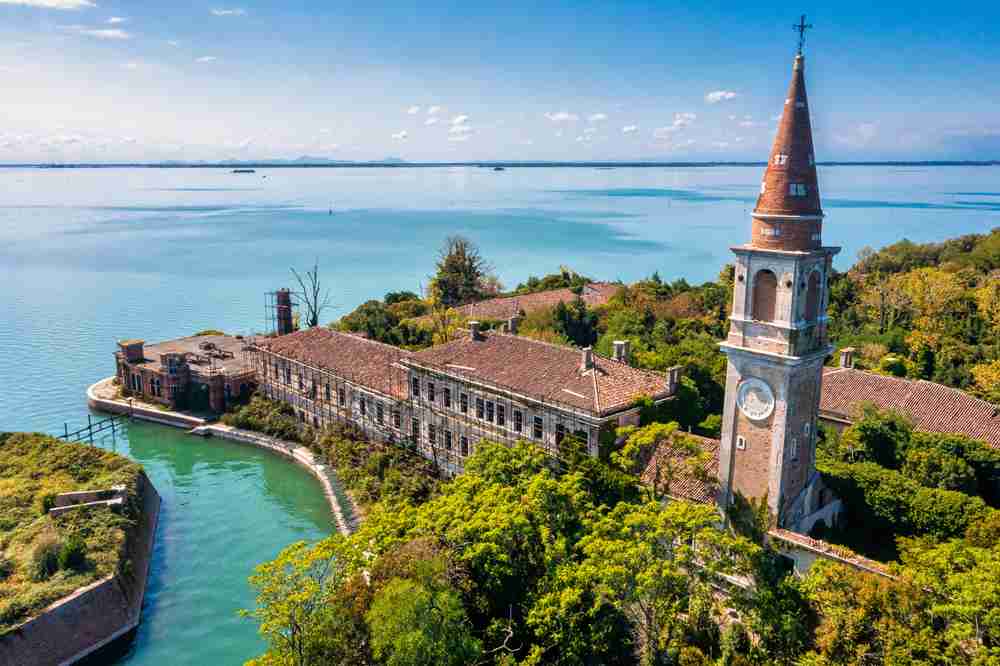
This sunny place contains many untold stories of suffering. Source: Depositphotos
Let’s get away from the brooding cliches of what a scary place must look like. Yes, any dark and damp venue can generate a sense of unease in visitors, but what about an island in the Adriatic? Surely, ghosts aren’t known to be huge fans of the sun, sea and sand package. Well, ladies and gents, let me introduce you to the tiny Poveglia island, found a stone’s throw away from Venice.
First of all, Poveglia is actually a grouping of three small isles with a long and meandering history. It was a normal islander community until the 14th century when the inhabitants were all moved to another island in the Lagoon due to threats from Genoese attacks. Then for 400 years it stayed mostly abandoned save for occasional garrisons.
In 1776, the Venetian government decided to use its fairly remote location as a quarantine spot for suspected ship crews coming into the lagoon. From this, however, it basically turned into an exile place for plague sufferers and there are estimates that for the hundred-odd years that it operated as such, more than 100,000 people died there. Experts still argue whether the dead bodies were burned or buried in the so-called ‘plague pits’. Either alternative gives us no consolation about the suffering.
And then things didn’t get better, since the island was converted into a mental asylum, which operated until the 1960s. Since that time, it’s been completely abandoned, with plans to convert it into a luxury resort or an amusement park having failed. The island is officially not open to the public for visits either, but researchers or film crews can get special permits from the Venetial Municipality.
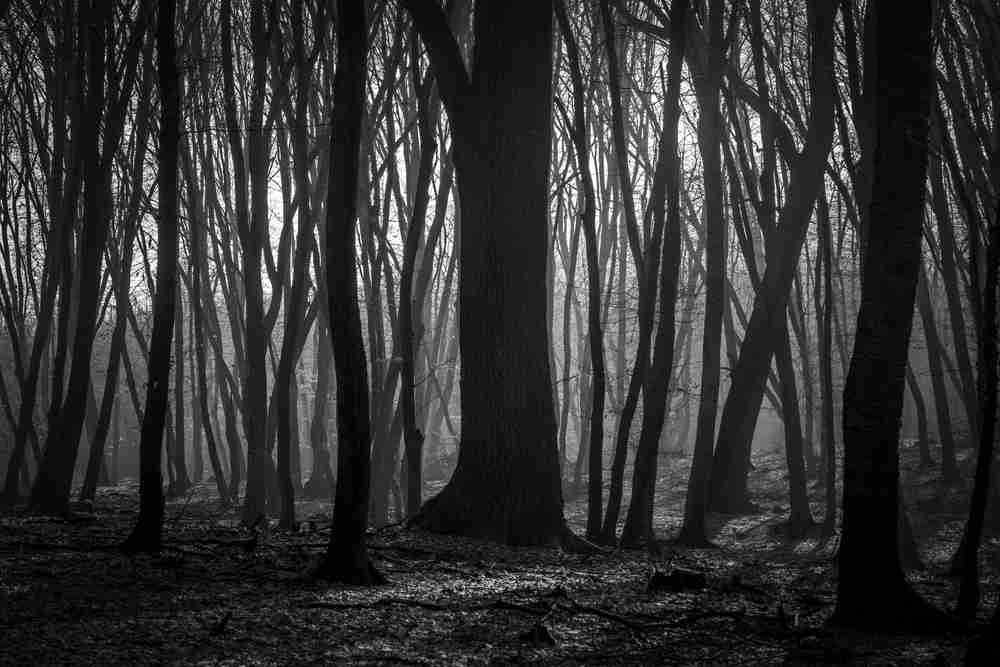
A forest like the rest and yet a bit like no other. Source: Depositphotos
Yes, let the typical tourists head to Bran Castle, in search of a Dracula they won’t find, for you know better. The actual most haunted place in Romania is also found on the outskirts of a Transylvanian city, but in this case, it’s Cluj-Napoca.
It’s kind of unusual because the forest, at first sight, looks like a civilized place meandered by running trails and cycling paths and it would be the kind of spot you’d consider for a family picnic. That is until you find out that it’s also colloquially known as the “Bermuda Triangle of Romania”. That monicker refers to the numerous stories of unexplained disappearances of people throughout the ages.
Urban legend or not, you decide, however, you’re sure to be impressed by the unusual crooked trees, which are a common sight there. The best recommended time to go – when it’s foggy and misty. The shivers down your spine won’t be slow to arrive.

The underground rapid transit lines have been under construction for almost two decades due to various project delays

Now you can get your wine in Talence by paying directly in Bitcoin

That’s because the state has to spend money on updating the railway infrastructure rather than subsidizing the cost of the popular pass

Rethinking renewable energy sources for the urban landscape

The examples, compiled by Beyond Fossil Fuels, can inform and inspire communities and entrepreneurs that still feel trepidation at the prospect of energy transition

Now you can get your wine in Talence by paying directly in Bitcoin

The 10th European Conference on Sustainable Cities and Towns (ESCT) sets the stage for stronger cooperation between the EU, national and local level to fast track Europe's transition to climate neutrality.

At least, that’s the promise made by the mayor of Paris, Anne Hidalgo

The underground rapid transit lines have been under construction for almost two decades due to various project delays

At least, that’s the promise made by the mayor of Paris, Anne Hidalgo

Hostal de Pinós is located in the geographical centre of the autonomous region

Despite its church-y name, the district has long been known as the hangout spot for the artsy crowds

Urban dwellers across the EU are having a say in making their surroundings friendlier to people and the environment.

Forests in the EU can help green the European construction industry and bolster a continent-wide push for architectural improvements.

Apply by 10 November and do your part for the transformation of European public spaces

An interview with the Mayor of a Polish city that seeks to reinvent itself

An interview with the newly elected ICLEI President and Mayor of Malmö

A conversation with the Mayor of Lisbon about the spirit and dimensions of innovation present in the Portuguese capital














